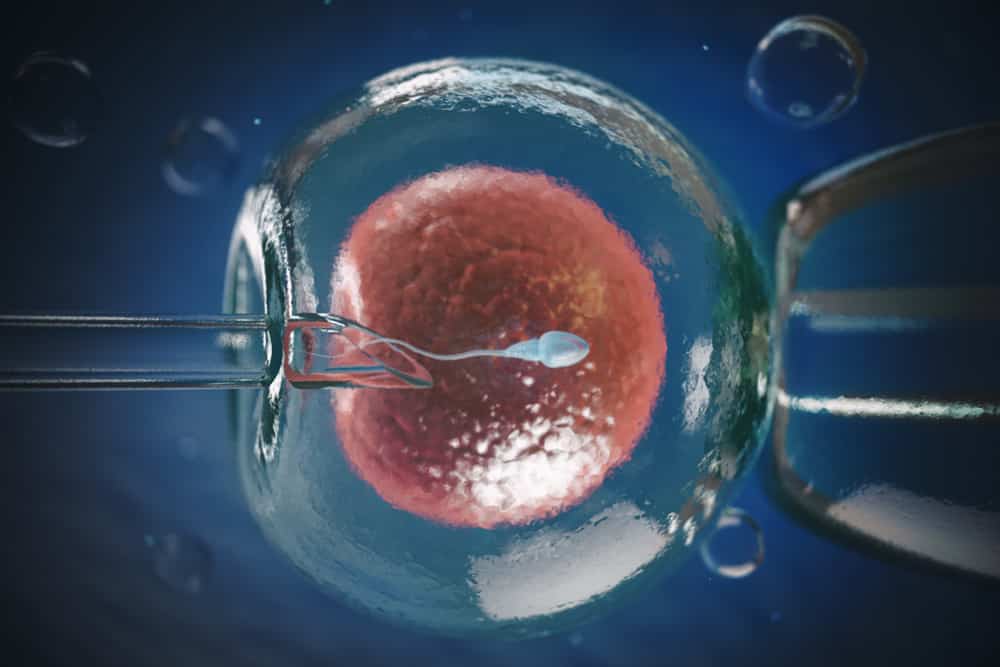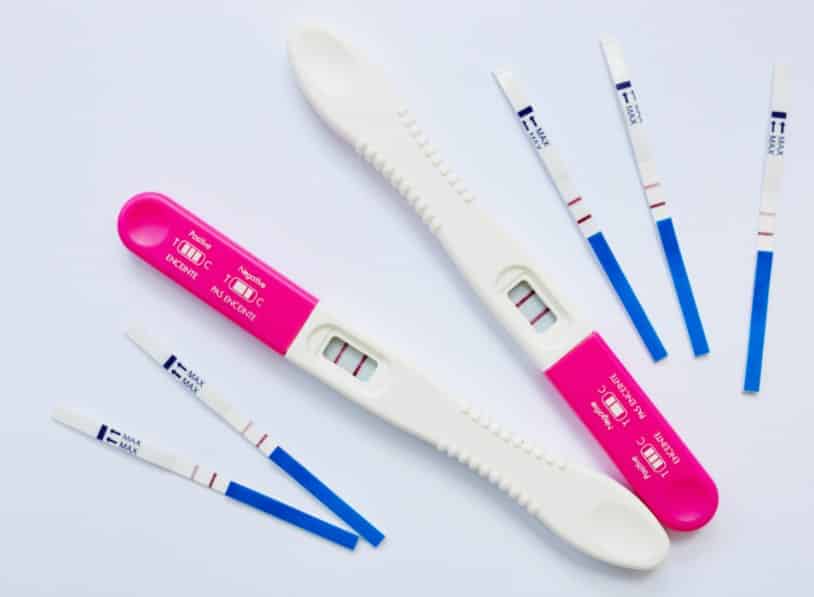Embarking on the journey of in vitro fertilization (IVF) can be both exciting and overwhelming. If you and your partner are considering or have decided to undergo IVF, it’s natural to have questions and uncertainties.
This article aims to provide you with a clear understanding of what to expect during the IVF process, helping you feel more prepared and informed
Steps Involved In IVF
1. Initial Consultation
The first step in IVF is scheduling an initial consultation with a fertility specialist. During this appointment, you will discuss your medical history, undergo fertility tests, and receive an individualized treatment plan. The specialist will explain the entire IVF process and address any concerns or questions you may have.
2. Ovarian Stimulation
The next phase involves stimulating the ovaries to produce multiple eggs. You will be prescribed hormonal medications, typically in the form of injections, to stimulate follicle growth. These injections may need to be self-administered or administered by a partner or healthcare professional.
Regular monitoring through ultrasound and blood tests will be conducted to track the progress of follicle development.
3. Egg Retrieval
Once the follicles have matured, an egg retrieval procedure is scheduled. This is typically done under sedation or light anesthesia to minimize discomfort. A thin needle is inserted into the ovaries via the vaginal wall, and the eggs are aspirated. The procedure takes about 20-30 minutes, and you can expect some mild cramping afterward.

4. Fertilization
After the eggs have been retrieved, they are immediately transferred to the laboratory for fertilization. In a controlled environment, the eggs are combined with sperm, either from your partner or a donor, using one of two methods: conventional insemination (mixing the eggs and sperm in a petri dish) or intracytoplasmic sperm injection (ICSI, where a single sperm is injected directly into an egg). The fertilization process is monitored closely over the next few days.
5. Embryo Development
Once fertilization occurs, the embryos are cultured in the laboratory for a few days. The embryos are closely observed for their development, and the strongest and healthiest ones are selected for transfer.
6. Embryo Transfer
The chosen embryos are transferred back into the uterus through a thin catheter. This is a relatively painless procedure and does not require anesthesia. The number of embryos transferred depends on several factors, including your age and the quality of the embryos. After the transfer, you will rest for a short time before being allowed to go home.
7. Waiting Period
Following the embryo transfer, a waiting period of about 10-14 days begins, during which you will abstain from any strenuous physical activities. This is the time when implantation and pregnancy occur. You may experience a mix of emotions during this period, ranging from hopefulness to anxiety.
8. Pregnancy Test
At the end of the waiting period, you will undergo a blood test to determine if the IVF cycle was successful and if pregnancy has been achieved. It’s important to remain patient and avoid taking home pregnancy tests as they can sometimes produce false results.

Conclusion
In vitro fertilization (IVF) is a complex but highly effective reproductive technique that can help individuals and couples overcome fertility challenges. By understanding the various stages involved in the IVF process, you can better prepare yourself emotionally and physically.
Remember to communicate openly with your healthcare provider and seek support from your partner, family, and friends. IVF can be a rollercoaster of emotions, but with patience, perseverance, and the support of a dedicated medical team, your dreams of becoming parents may soon become a reality.

